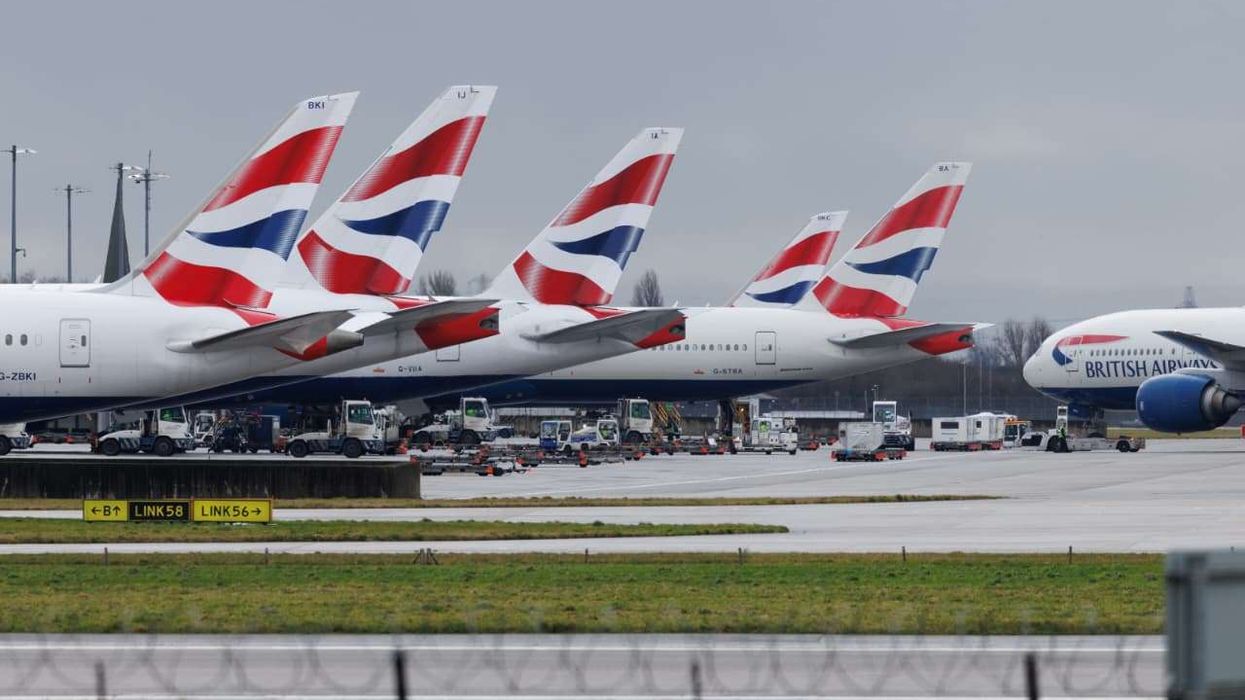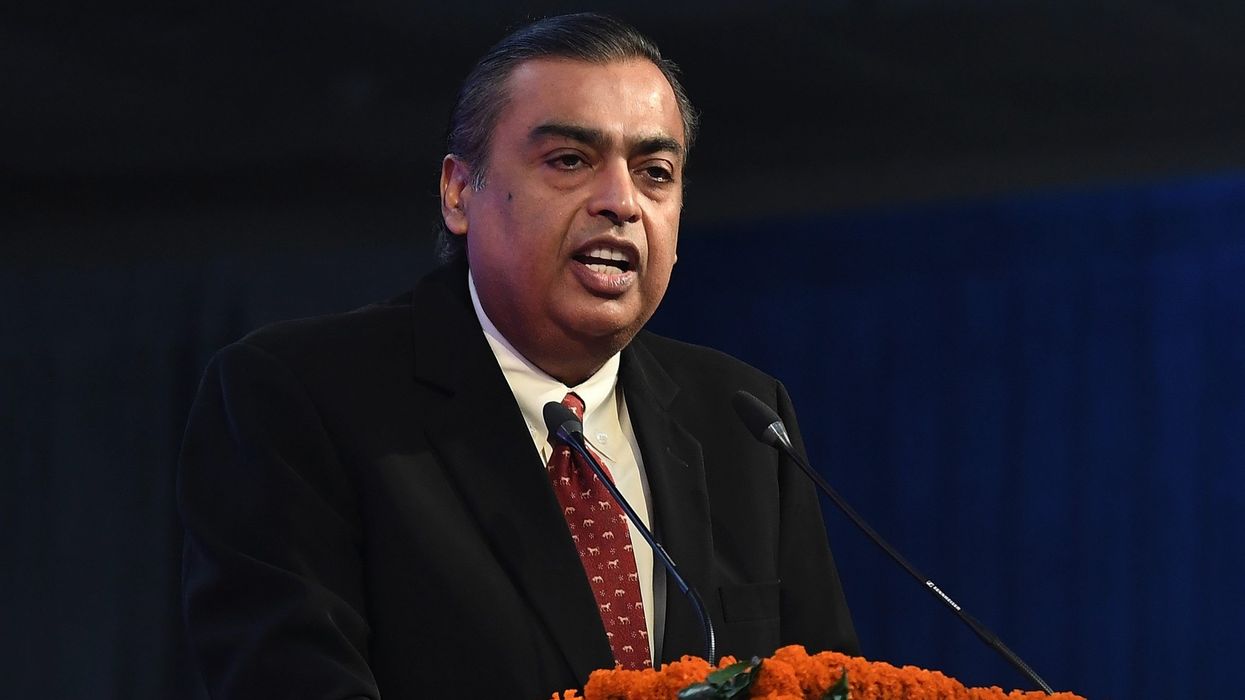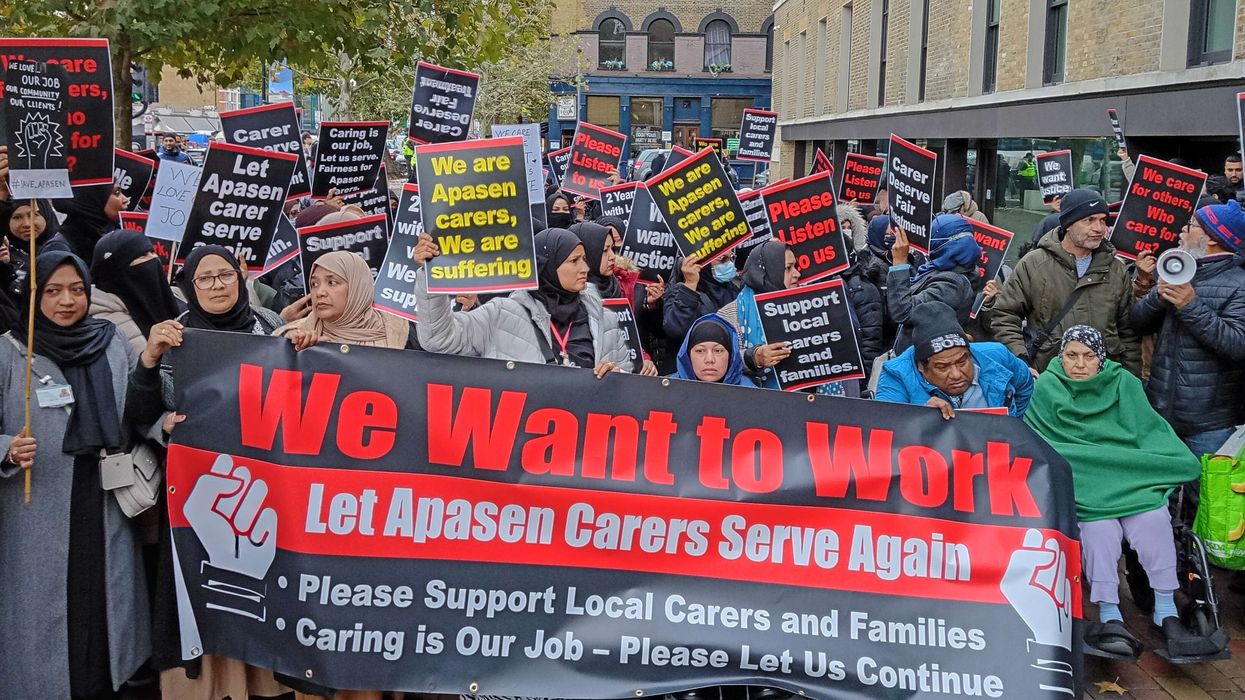Highlights
- Heathrow's £49bn plan chosen over Arora Group's £25 bn alternative proposal.
- New runway will cross M25 motorway, with section to be lowered.
- Expansion aims to lift capacity to 150 m passengers annually by 2029.
Transport secretary Heidi Alexander confirmed the decision on Tuesday, with the government stating that Heathrow's blueprint was the "most deliverable option" and provides the greatest likelihood of securing development consent by 2029.
The decision comes after the government announced in January it wanted a third runway built at Heathrow, hoping the major infrastructure project would help drive economic growth and end decades of indecision over the airport's future.
Heathrow's approved proposal calls for constructing a 3,500-metre runway to the northwest of the current runways. The plan will increase capacity to 150 m passengers per year, with costs estimated at £33 bn including associated terminals, rising to £49bn when upgrades to existing buildings are included.
Project details background
The expansion will require moving a section of London's M25 orbital motorway, with the runway extending over the lowered motorway. This aspect is likely to prove controversial due to concerns about the project's complexity, with British Airways recently warning that such a move should be avoided.
Arora Group, which owns land and hotels around the airport, had submitted a rival proposal for a shorter 2,800-metre runway with an estimated £25 bn price tag, though this did not include all development costs. The alternative would have avoided crossing the M25 but would have required the runway to cross over the motorway spur from the M4.
Heathrow Airport, owned by France's Ardian, Qatar Investment Authority and Saudi Arabia's Public Investment Fund, operates Europe's busiest airport. Located west of London, Heathrow currently runs at full capacity with two runways, compared to four each at Paris Charles de Gaulle and Frankfurt Airport, and six at Amsterdam's Schiphol.
It is also understood that Alexander will also indicate that the government is open to the possibility of having different companies build and operate terminals at Europe’s busiest hub.













